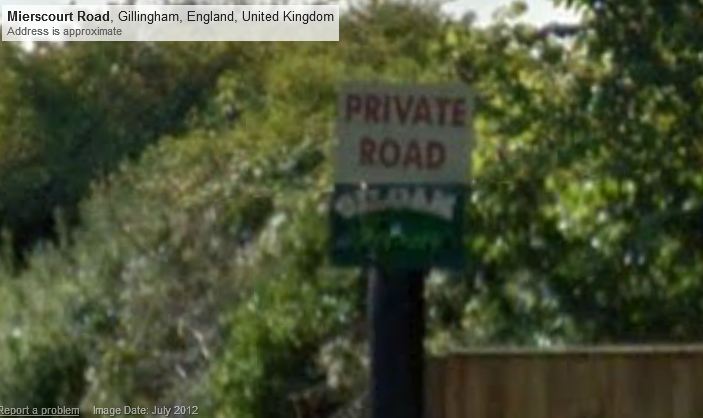SILOAM in Rainham Part 1
The house that stands today is surrounded by fields and situated about half a mile south of the A2 and several hundred yards east of Mierscourt Road. It is a Grade II Listed Building dating from the 17th C or earlier but has been extended and altered in the mid- 20th C. It is timber-framed, L-shape in plan and one room in depth. The ground floor walls are of red brick and those of the upper floor are rendered and tile hung. Outside is a traditional walled garden with a rear stable block.
J .K.Wallenberg in his book Kentish Place-Names says the name is derived from the Old English word syle meaning ‘miry place’ + hamm, i.e. a home near a pool or muddy area. He also mentions some early recorded variations in spelling, viz. Syleham (1226), Sil-, Sylhamme (1304), de Silhamme, Silham (both l4 th. C) At the beginning of Vol. VI of the second edition of Edward Hasted’s History of Kent, published between 1797 and 1801, there is a description of the parish of Rainham, which he tells us was in the Hundred of Milton. He states that ‘The paramount manor of Milton claims over this parish, subordinate to which is the manor of SILHAM, or Sileham-court, as it is now usually called, in the southern part of the parish, of which William Auburie died possessed in the 1st year of Edward I (1272-3) After which it came into the possession of Peter de Meredale‘, in right of Agnes his wife, by whom he had two sons, William and Roger, who were possessed of it jointly, as heirs in gavelkind, in the reign of Edward II’ (1307-27) Agnes was the daughter of William Auburie.
But Hasted also says, further on, that another family, called Toketon, (the name was later changed to Tufton) was associated with Siloam and other lands in Rainham during the preceding hundred years. Many of the records that survive from the past are about the ownership and transfer of land and the rents paid. For example Sir William de Toketon (born c.1200) lived in the Lathe of Scray in Kent at the latter end of the 13th C either at Sileham or at Tufton in Rainham in Kent. He is mentioned in a deed of John de Madetune, who ‘grants and confirms to William de Toketon and John his son, half a mark in money, a yearly rent of ten pence and a hen, which Geofry de Meredale used to pay out of a tenement, with appurtenances, near a lane leading to Sileham on the east, also an acre and three roods of land lying in field called Hamme, and other lands thereabouts, paying yearly a pound of cummin, or a penny.’ Sir William’s grandson Roger de Toketon (b.1250) about 1280 was deeded with John de Renham ‘certain arable land purchased of Peter de Mere, lying in the borough of Mere in Rainham, paying a rose at Midsummer, in consideration of 4 pounds in money’
After mentioning William and Roger, sons of Peter de Meredale, Hasted continues ‘After which it became the property of Donet, which family increased its possessions in this parish by the purchase of the estate of Roger de Reynham, in the reign of Edward III (1327- 1377) At length it descended down to James Donet, who died in 1409. He lies buried in the high chancel of this church, in one of the windows of which were formerly his arms, Argent, three pair of barnacles, gules’ An inscription, in Latin, recording his death, can be found on a brass plate let into a slab in the floor of the chancel of St. Margaret’s Church, Rainham. 
Notes:
1 A person had a Christian name followed by the name of the place where he lived, in this
case Meredale, which was also in Rainham.
1 Gavelkind. A system of inheritance, particularly in Kent, whereby estates were equally
divided amongst sons, and in the absence of male heirs equally amongst daughters.
The Rev.A.J. Pearman writing just over a hundred years ago states ‘the early history of
the Tuflon’s, as connected with Rainham, is involved in some obscurity. There can be
no doubt that a family of this name held property in the parish as long ago as the time
of King John (1 190-1216); and there is a tract of ground near Moor Street called
Tufions, which in all likelihood was their original inheritance. But it is equally certain
that the existing family, now seated at Hothfield , came from Northiam, and obtained
their estates in Rainham by the marriage of Sir John Tufion with Olympia Bloor in the
reign of Elizabeth (1588-1603). The probability is that the early Rainham Tufton’s
were an offshoot of the parent stock at Northiam and have long been extinct. They do
not appear at any time to have been the chief residents in the parish’
3










































































































































